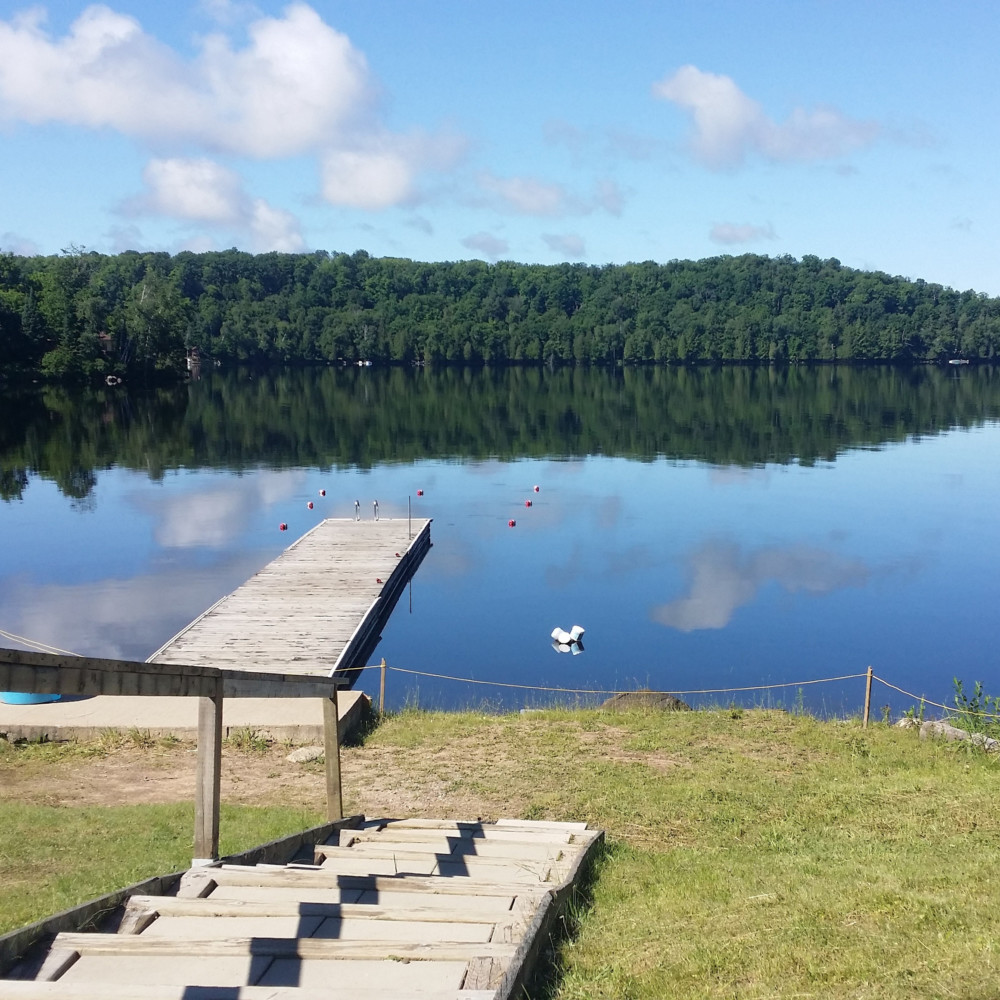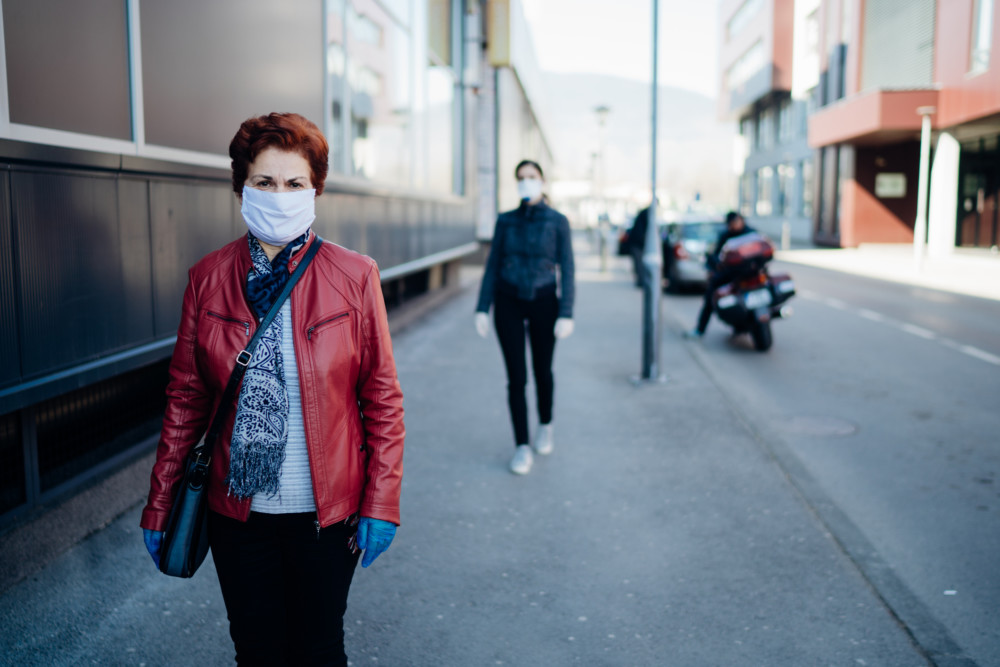By Arianne Cohen
Bloomberg News
WWR Article Summary (tl;dr) As Arianne Cohen reports, “many sleepaway camps across the country are making the economically devastating choice to stay closed for the season, days before they begin to incur the high costs of vendor contracts, site preparation and staff salaries.”
Bloomberg
For eight glorious weeks each summer, lucky American children get to enjoy activities such as canoeing, swimming and lanyard-making, making new friends by day while retiring each night to cramped cabins in the woods. Parents, meanwhile, get to enjoy a couple months of alone time.
Surely, you see the problem: Summer camp and the coronavirus don’t go well together.
This week, many sleepaway camps across the country are making the economically devastating choice to stay closed for the season, days before they begin to incur the high costs of vendor contracts, site preparation and staff salaries. Day camps are struggling as well.
“A portion of the operation costs are spent before the child arrives,” said Cori Solomon, executive director at the Appel Farm Arts and Music Center in Elmer, N.J., which hosts 450 sleepaway campers and 100 staffers each year. “Financially, the options are pretty grim.”
Sleepaway camps typically collect tuition in installments beginning the summer before, from August through May, while some parents pay in full for a discount. By the time summer comes around, roughly one-third of the tuition has already been spent. This year, new enrollments plummeted and many parents canceled spring payments while demanding refunds, leaving camps in the lurch.
Most are urging parents to accept deferred spots for next summer or, at non-profit camps, to convert to tax-deductible donations, which directors said may be essential to survival.
“Sadly I think you’ll see a lot of camps that aren’t able to make it through,” said Solomon.
Those most at risk of closing for good are independent camps with budgets under $2 million that get most or all of their funding from summer tuition, said Paul McEntire, chief operations officer of the YMCA of the U.S.A. Camps often have high debt loads and thin margins, the latter of which is especially the case for camps serving predominantly scholarship campers.
Insurance is unlikely to help, either. “We were told by our broker that our claim will be 100% denied, because pandemics are not in any of our policies,” said Solomon.
The American Camp Association estimates there are 14,000 camps in the U.S., fueling an $18 billion industry. Most are day camps that serve as child-care for working parents. Many of those plan to operate to the extent allowed by local coronavirus regulations. McEntire said that many of the YMCA’s 10,000 day camps are currently scrambling to lease extra space to meet social distancing rules.
Most of the familiar, established camps are likely part of a larger organization with multiple income streams. For example, the YMCA has 325 sleepaway camps in the U.S., only 25 of which are stand-alone camps. The remaining 300 YMCA sleepaway camps are arms of local YMCA associations that draw revenue from activities like aquatics, exercise memberships and after school care.
“These camps will succeed based on how their overall Y succeeds,” said McEntire.
But the YMCA’s 25 standalone camps are in crisis: 19 already plan to close this summer, a number that will rise, he said. By hunkering down and running an “absolute skeleton crew,” McEntire hopes they survive until next summer.
Independent camps are “all over the map,” when it comes to finances said Tom Rosenberg, chief executive of the American Camp Association. Some have started crowdfunding campaigns or applied for assistance grants.
Others are pivoting to pandemic-friendly models, such as family camps and retreats where small groups can maintain social distancing measures.
“It’s still possible to survive, but you probably have to change your business model.”
Among the higher-end and bigger-name camps, the outlook is less grim. Many are able to run year-round conferences, retreats, training programs and family weekends that generate off-season revenue. Others are able to turn to donations to tide them over.
“It’s just like any other small business,” said Rosenberg. “If you lose an entire year’s income, it’s still possible to survive, but you probably have to change your business model.”
Doron Krakow, chief executive and president of the Jewish Community Center (JCC) Association of North America, is confident about the survival of the JCC’s 161 day camps and 25 overnight camps, which serve almost 100,000 youth. Most of the JCC sleepaway camps will remain closed, but help is on the way.
“We are working closely with some very large foundations in order to provide access to crisis resources to assist these camps,” he said. “I expect that millions of dollars will pour into the field.”
The Harold Grinspoon Foundation is currently matching parents’ donated tuitions up to $10 million, and The Jewish Community Response and Impact Fund is providing more than $91 million in interest-free loans and grants to maintain a variety of Jewish organizations.
Camps that run on college campuses are particularly vulnerable, however. Marisa Debowsky, executive director of Mathcamp, a 5-week educational summer program, doesn’t know whether colleges will host residential summer camps again. Some colleges had already stopped inviting minors on campus to reduce liabilities. “The universities need to serve their own students,” she said. “So it’s just not clear whether programs like mine will return in the same format.” Her camp is running virtually this summer, she said.
The true financial carnage will come early next year. “Nonprofits aren’t really going to know how bad things are until December,” said Debowsky.
“That’s when all the charitable giving happens.” When global attention remains on the primary medical needs of a pandemic and a likely second wave, personal protective equipment and a vaccine, charitable donations to camps will likely seem unimportant.
“I think most camps will get by,” McEntire said. “The worry would be if for some reason this crisis has lingered into next summer. That would be a very, very different story.”
___
Distributed by Tribune Content Agency, LLC.















































































































































































































































































































































































